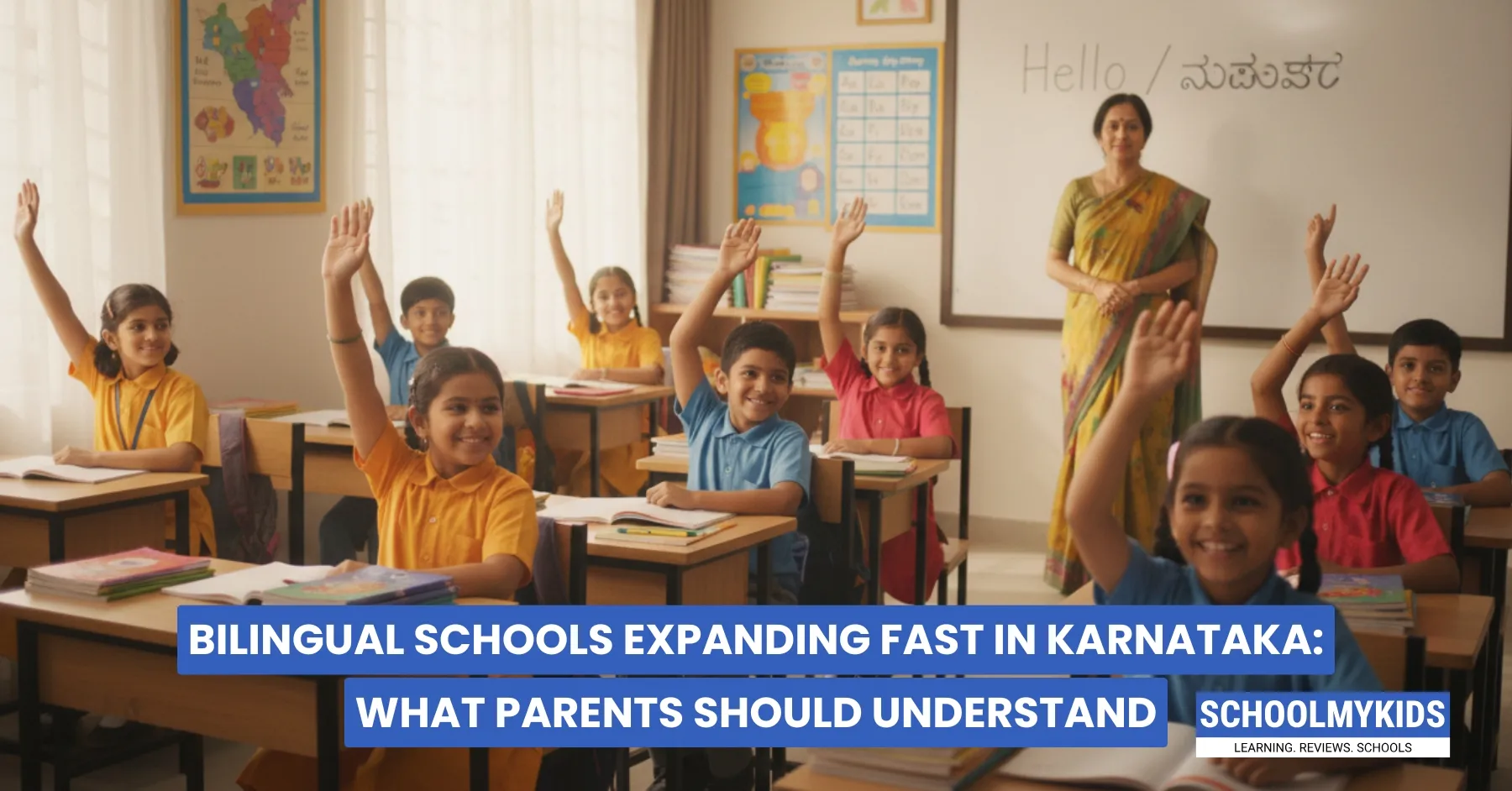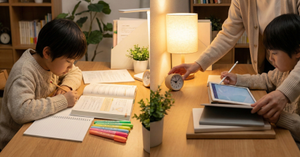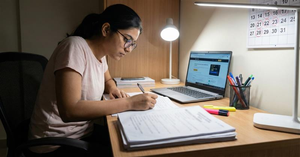Your child's future might look different than yours did. And honestly, that's a good thing.
Right now, across Karnataka, something big is happening in schools. Bilingual education, where kids learn in both Kannada and English, is expanding like never before. From just 1,000 schools in 2019 to over 8,000 today, this isn't a small change. It's a shift in how your child might learn. But what does it really mean? And should you care?
Why Is This Happening Right Now?
The Karnataka government has decided that students need to be comfortable with both their mother language and English. So they're opening bilingual classes in thousands of government schools starting from class 1. In 2025-26 alone, 4,134 new bilingual sections were approved. This isn't just happening in big cities like Bengaluru either—it's spreading to smaller towns and villages too.
What's driving this? Parents are asking for it. Schools in Dakshina Kannada have seen admissions exceeding 100 students in bilingual classes. Some schools have waiting lists. Families want their kids to have options. They want them to succeed in a world that speaks both Kannada and English.
How Does This Help Your Child?
When your child learns in both languages from the start, they don't just become bilingual; they become flexible thinkers. Studies show that bilingual kids are often better at problem-solving and switching between different tasks.
More practically? Your child gets the best of both worlds. They keep their roots connected to Kannada culture and language. At the same time, they build a strong foundation in English, which opens doors. It's not about choosing one or the other. It's about having both.
And in today's India, English matters. Job opportunities, higher education, and competitive exams are mostly conducted in English. But that doesn't mean we should forget Kannada. Bilingual education doesn't ask you to. It asks you to grow in both directions.
What Does This Mean for Society?
When more kids grow up bilingual, our society changes. We raise young people who are comfortable in different worlds. They can read Kannada literature and English newspapers. They can talk to their grandmother in Kannada and their colleagues in English. They understand multiple perspectives. That's powerful.
This also helps reduce inequality. Right now, if you want English medium education, you either move to a private school or struggle. Bilingual government schools are changing that. Families who couldn't afford private schools now have real options. Your child doesn't need to be rich to get a quality bilingual education. That's important for a fair society.
What About the Education System?
India's education system is modernizing.
For years, the system forced a choice: either go to a Kannada medium school or a private English medium school. There wasn't much in between. Now, government schools themselves are evolving. They're not becoming English-only; they're becoming smarter about language. This is what modern education looks like in a country like India.
This expansion also takes pressure off existing schools. When there were fewer bilingual options, certain schools became overcrowded. Now, with 8,000+ bilingual sections across Karnataka, there's room for more students. Teachers aren't stretched as thin. Classes have better learning environments.
The government is also keeping costs low by using local resources instead of expensive equipment. This means the quality comes through the teaching and approach, not fancy materials. That's sustainable and real.
What Should Parents Do?
If a bilingual section opens near you, don't assume it's better or worse than other options. Visit the school. Talk to teachers. See if it fits your child's style. Some kids thrive in bilingual settings. Some prefer one language. There's no one-size-fits-all answer.
Conclusion
Bilingual schools are here to stay in Karnataka. They're not a trend. They're growing because families want them and they're working. Your child learning in both Kannada and English isn't asking too much anymore, as it's becoming normal. And that's progress.
The world your child will enter is bilingual, so it is about time that their education prepares them for that.








Be the first one to comment on this story.